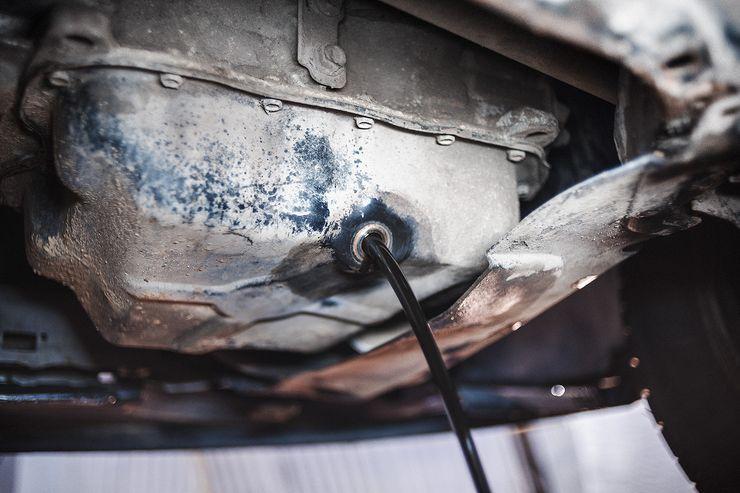
What oil is best for the engine in winter
When choosing the right oil for real use, especially in winter, information from beautiful promotional videos will not be enough. Here, the car owner is required, at a minimum, to understand what the numbers and letters of the markings on the lubricant canister mean.
Let's say right away that the automaker in the operating instructions for the machine must indicate the type of recommended fluids, including engine lubricant. However, even the individual operating conditions of a particular machine can affect the choice of engine oil. If she spends the night and stands exclusively in a warm garage or in an underground parking lot, then you don’t have to think about special oils for winter, even when it happens somewhere in Siberia - in an area with average winter temperatures around -30ºС. But when a car spends its whole life in the open air, then even in the middle lane, where prolonged cold snaps occur below -20ºС, you should seriously think about choosing the best engine oil for winter.
Note that since we are talking about regular engine starts in cold weather, mineral engine oil should be completely abandoned. There will be no problems with this - in the distribution network now you still need to look for a clean "mineral water" for motors. The choice will most likely be between synthetic or semi-synthetic (that is, with an admixture of mineral) motor oils. "Semi-synthetics", as a rule, are somewhat cheaper than "synthetics". However, ceteris paribus, it is better to give preference to fully synthetic oil. The fact is that the main characteristic of any engine oil during a cold start of the engine is its fluidity.

The mineral component of any oil thickens at low temperatures and poorly lubricates rubbing surfaces. And synthetic oils are able to maintain stable flow rates both at low and at high temperatures. Therefore, “synthetics” are preferable for winter. Having decided on the composition of the oil, we pay attention to its viscosity indicators. To do this, look at the inscriptions on the canister. We will not "load" the reader with details regarding oil labeling standards. For the average driver, it is enough to know that most oils can be attributed to the "winter" category, on the canisters of which 0W30, 5W30, 5W40, 10W30 and 10W40 are listed.
Among them, 0W30 will be the most liquid in the cold, and 10W40 will be the thickest. For this reason, by the way, it is clearly not worth using 15W40 in cold weather around -20ºС - of course, if we are interested in extending the life of the motor. You need to choose the viscosity of engine oil that is suitable for your conditions, focusing on the following considerations. When the car only occasionally finds itself in conditions of more or less severe frost, for example, in the Krasnodar Territory, oil with a viscosity of 10W40 is quite suitable for its engine - so that in the summer heat it is not too fluid and continues to protect rubbing surfaces. If the car “lives” somewhere far beyond the Urals, where −25ºС is considered a thaw in winter, it is worth pouring 0W30 into its engine. Focusing on these extremes, you should choose the right winter oil.